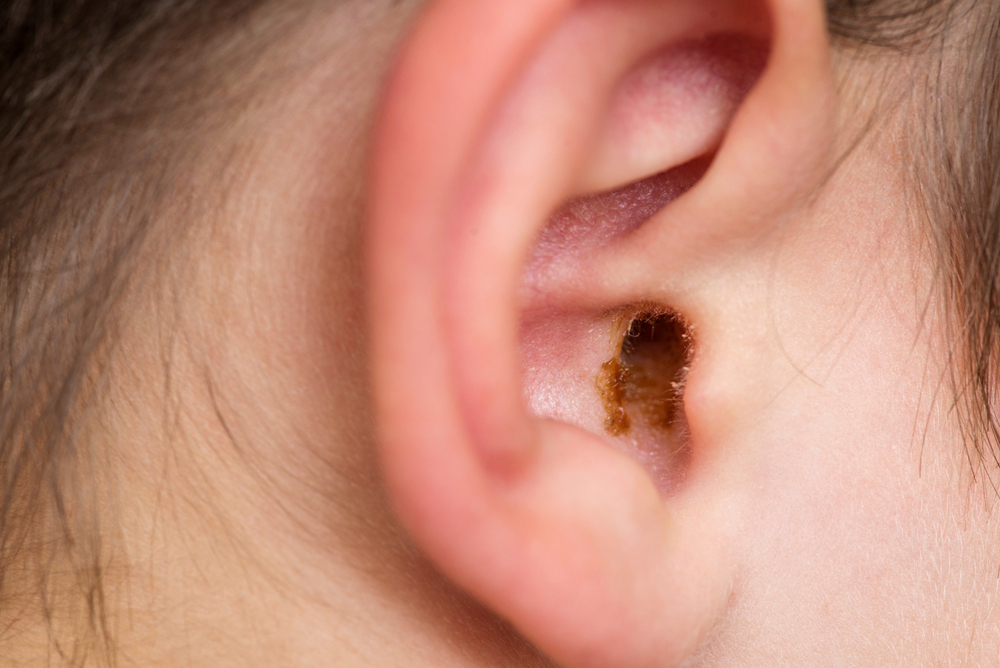
Chances are, earwax and its buildup haven’t been subjects of extensive contemplation for you, except maybe during ear hygiene routines. Nonetheless, understanding what causes earwax, how it forms, and its purpose is crucial.
So why does earwax accumulate?
Earwax, also scientifically called cerumen, is made up of a combination of sweat, skin particles, hair, debris, and ceruminous gland secretions. This earwax presents with a waxy texture and can exhibit shades of orange, yellow, gray, or brown.
In most situations, children tend to generate more earwax than adults. Kids also typically have softer earwax that’s lighter in color than adults.
Earwax goes by the outer ear canal naturally, ultimately reaching the ear opening, where it either self-expels or gets washed away when you bathe.
Why is earwax essential?
Earwax serves several critical functions, such as:
- Helping prevent ear infections.
- Acting as a protective barricade against outside irritants including dirt, dust, and other foreign particles before they penetrate deeper into the ear.
- Preventing itchiness and dryness by lubricating and safeguarding the lining of the ear canal.
Obstructions caused by earwax
Typically, there’s no imperative need to clean out earwax from your ears unless it becomes impacted, a common problem associated with earwax. Impacted earwax can be the result of narrow or abnormally shaped ear canals impeding the normal movement of earwax toward the ear’s periphery.
Improper ear hygiene methods, like using cotton swabs or bobby pins, can inadvertently jam wax deeper into the ear canal.
People grappling with hearing loss who use earplugs or hearing aids are also predisposed to experiencing ear canal obstructions.
How too much earwax can impact hearing
Auditory health might be impeded and you might feel mild discomfort.
Additionally, considerable accumulations of earwax can trigger tinnitus, a sensation of ringing in the ears.
Neglected earwax blockages might escalate into middle ear infections, perforated eardrums, or enduring hearing impairment due to acoustic trauma.
How do you deal with impacted wax?
It’s essential that you get in touch with us as soon as you can if you think your ears may be blocked by earwax. Depending on the severity of the obstruction, you might be advised to make use of over-the-counter wax softening drops or a bulb syringe for gentle irrigation to alleviate the condition.
Contact us right away if you need some help with an earwax obstruction.
